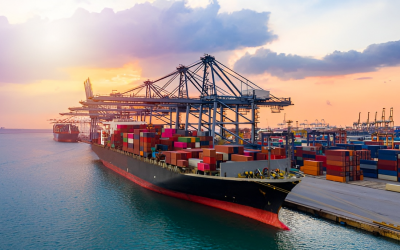The Irish and UK logistics sector is facing a period of transformation, shaped by shifting trade policies, rising costs, and technological advancements. Businesses must remain agile to navigate these changes and stay competitive in an increasingly demanding market.
One pressing challenge is the looming tariff changes that could significantly impact small package imports. As regulations tighten, businesses relying on cross-border trade must assess their readiness to absorb additional costs and potential delays. Those unprepared may face disruptions that could ripple through supply chains and impact customer satisfaction.
At the same time, European road freight rates continue their slow but steady climb in Q4 2024. Fuel price volatility, labor shortages, and inflationary pressures are driving up transportation costs, squeezing already tight margins for carriers and shippers alike. As costs rise, businesses must rethink their strategies—whether through renegotiating contracts, optimizing routes, or investing in alternative transport solutions.
Yet, amidst these challenges lies an opportunity for innovation. G-2-P (Goods-to-Person) robotics is emerging as a game-changer in logistics efficiency. By automating warehouse operations and streamlining fulfillment processes, this technology offers a potential solution to labor shortages and rising costs. However, the industry must act quickly—those slow to adopt automation risk falling behind more agile competitors.
As 2025 unfolds, Irish and UK logistics firms must balance resilience with adaptability. The path forward is clear: those who prepare for regulatory shifts, embrace cost-effective strategies, and leverage automation will be best positioned for long-term success.













.png)

